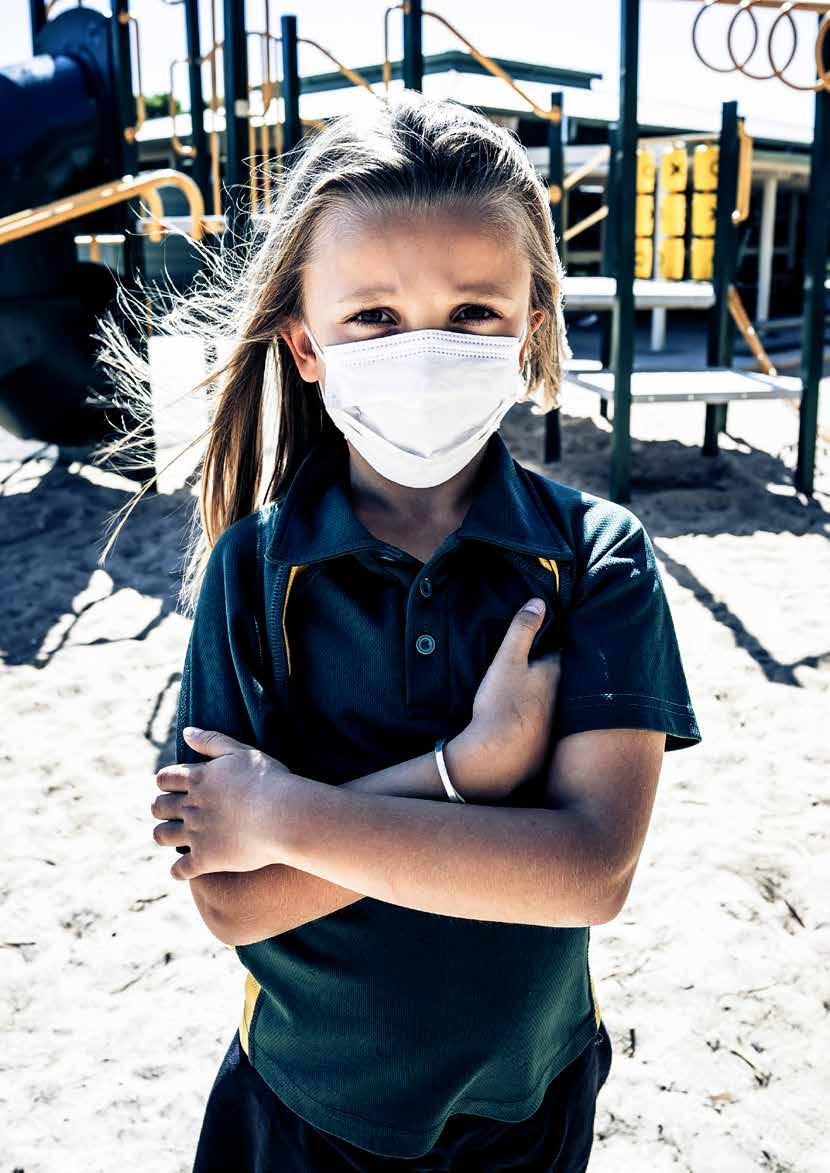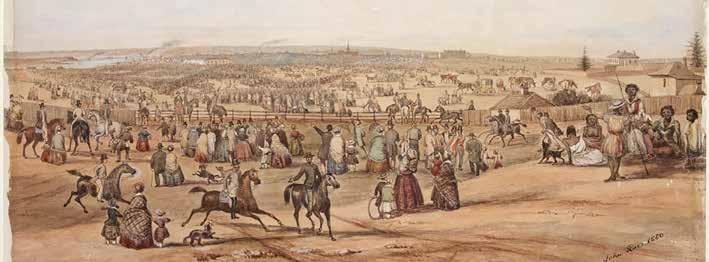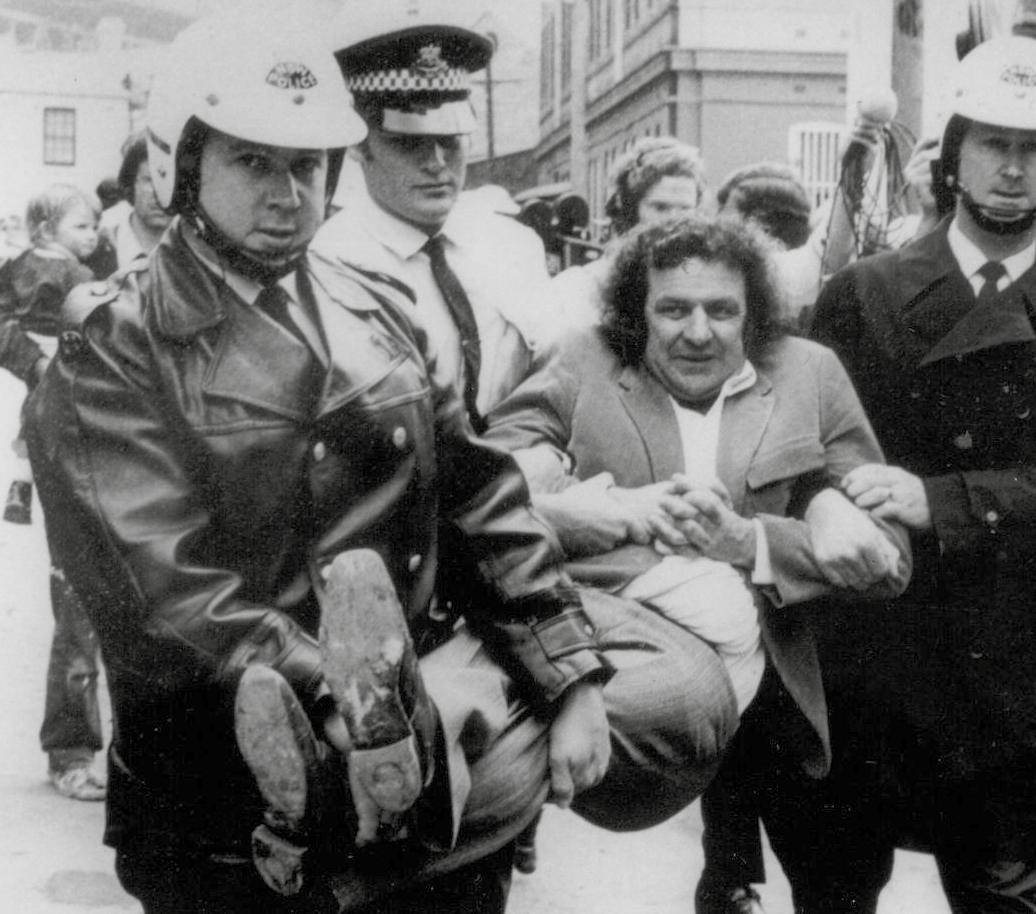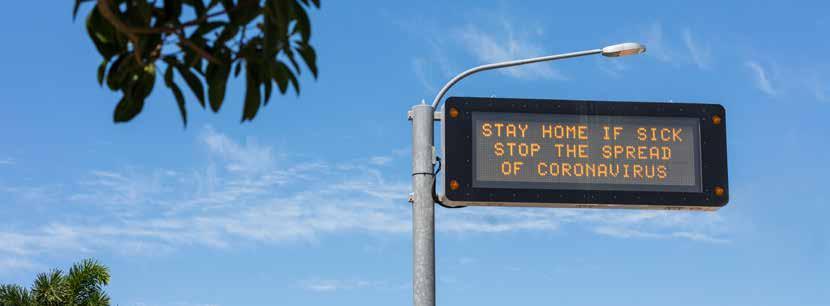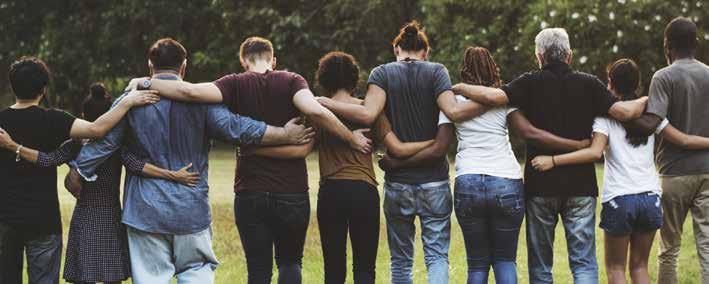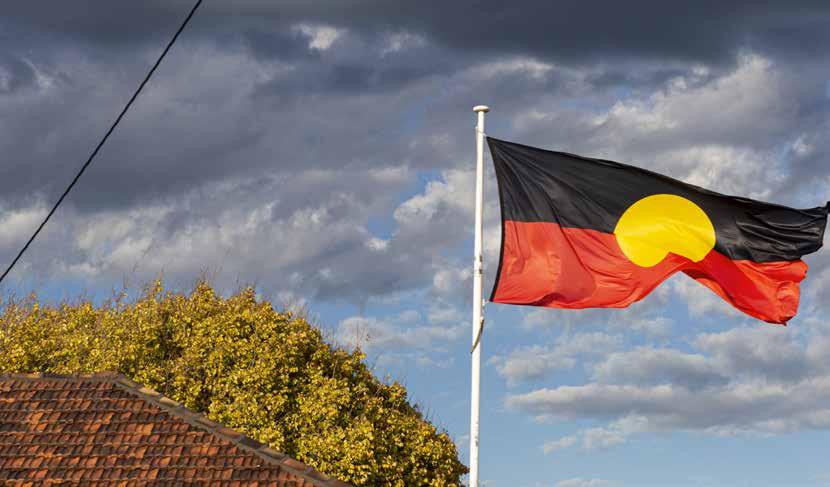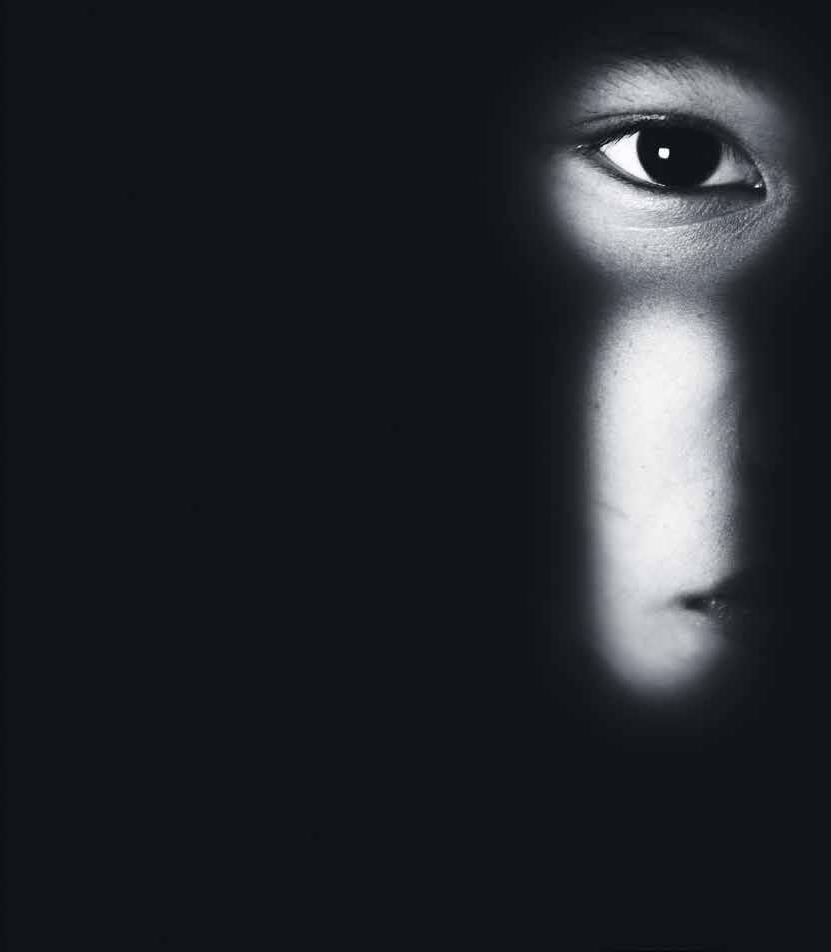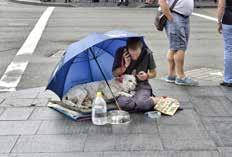COVID19 SPECIAL REPORT: INDIGENOUS SELF-DETERMINATION
INDIGENOUS SELFDETERMINATION VITAL TO BEAT CORONAVIRUS
INDIGENOUS PEOPLE ARE NO STRANGERS TO DISEASE. AS AILEEN MARWUNG WALSH AND LAURA RADEMAKER REPORT, IT IS VITAL THAT THEIR AUTHORITY IS RESPECTED AS THEY FACE THIS LATEST HEALTH THREAT.
A
boriginal and Torres Strait Islander people know very well the challenges of dealing with infectious diseases introduced from overseas to which the people have no immunity. Historically, epidemics have brought a double threat: first to Indigenous health, then to Indigenous self-determination. Compared to the past, this time Indigenous people have been more able to take measures to protect their communities from disease. Nevertheless, history shows community-controlled responses must remain a priority. To beat COVID-19, Indigenous self-determination is vital.
THE BEGINNING At the beginning of European invasion, in 1788-89, Indigenous communities had to deal with a devastating smallpox epidemic. Since then, Aboriginal people have endured wave after wave of introduced diseases. The European invaders brought with them venereal diseases, colds and influenza, tuberculosis, measles — and more. In the 19th century, mass deaths in Aboriginal communities were reported whenever Europeans came into contact with them. Unfortunately, the fact so many died of disease has been used to minimise or deny that many were also killed in massacres. Aboriginal communities faced both massacre and disease, and disease became a tool of colonialism. In February 1913, nearly a third of the population of the Tiwi Islands died in just two weeks. The epidemic began around Christmas 1912. A government medical inspector found that, of a population of 650 people, 187 had died. The
12
disease remained unidentified, but its symptoms resembled measles. A Tiwi elder sang a song describing the typical progression of the disease: “[It] starts with feeling like snake walking up legs, the stomach and bloody diarrhoea, when reaches heart, no more eat, die.” In 1930, a white couple arrived at Gunbalanya, bringing their young daughter and whooping cough. The ensuing epidemic coincided with an outbreak of influenza and malaria and caused “several deaths” — the precise number is unknown as many died “in the bush”. The school was closed and, according to one missionary, the Aboriginal community was at fault, supposedly for their bad attitude: “The fault generally was their own ideas about sickness & some said our medicines were poisonous, & refused to come for them […] Some of the dormitory girls were very sick with malaria & other troubles, they were most difficult to help & not a smile only whine all the time, & did not seem to care if they lived or died, they were deep down in the valley of the shadow. [One woman] who was married last year had a bonny baby just before she took whooping cough, the baby died.” A whooping cough and measles “double-punch” epidemic later hit the Angurugu on Groote Eylandt in January 1950. Families fled to their homelands, hoping to escape the disease. The government put the community into lockdown, cutting off people from family and country. Those who had to remain had little healthcare. The rudimentary “hospital” had a single missionary nurse tending 50 critically ill people.
Inner Sydney Voice • Winter 2020 • www.innersydneyvoice.org.au

